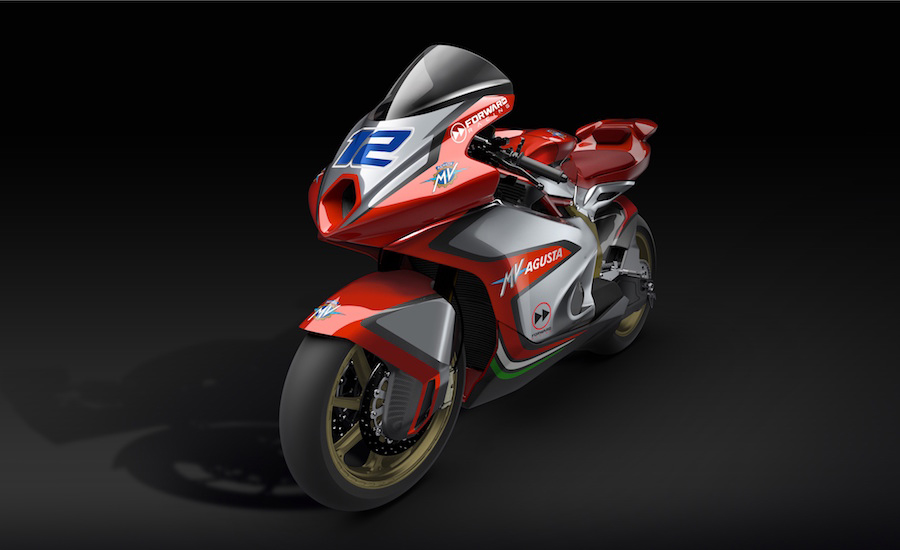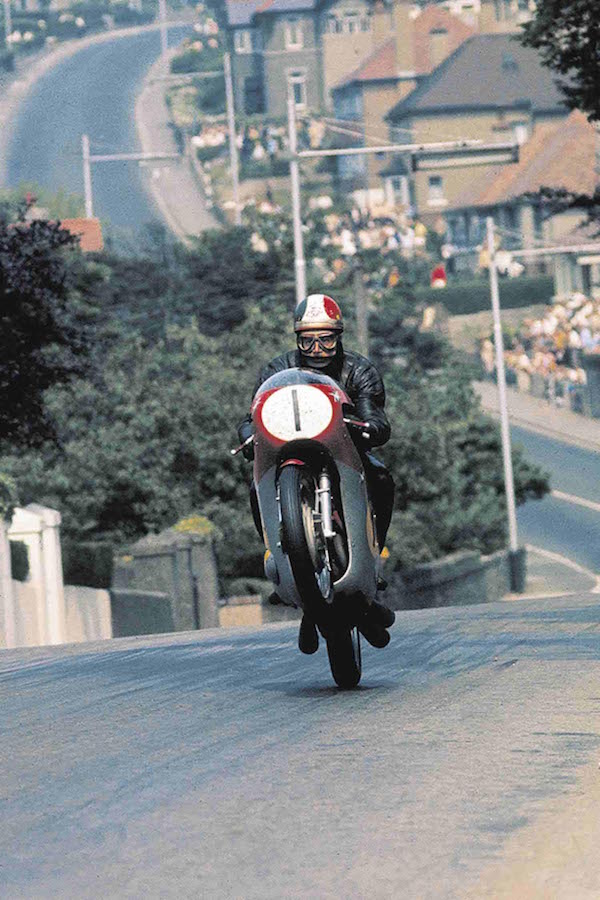The most famous name in GP racing, MV Agusta, will return next year with an entry in the Moto2 championship.
The Italian marque – which won every premier class world title from 1958 to 1974 – will even campaign with a three-cylinder engine, a configuration that brought it great success in the 1960s.
However, it will be the Triumph 765cc powerplant specified for all Moto2 machines from 2019.
Judging by this artist’s impression released by MV Agusta, the racebike clearly shares similarities with its road-going machines. As well as the classic MV red, silver and gold paint scheme, there’s a part-trellis, part-aluminium frame similar to those used on current F3 production models.
MV will start track-testing a prototype next month and the Forward Racing team, which currently uses Suter chassis, will run the Moto2 team.
Forward Racing CEO Giovanni Cuzari described the emotional connection between the two organisations: “The dream of bringing MV Agusta back to the World Championship was born with Claudio Castiglioni (and) the dream came true with his son, Giovanni.
“I find it difficult to express what this means, to be actively part of a common project with both MV Agusta and (MV’s R&D arm) CRC. I worked many years for this to happen.”
MV president Giovanni Castiglioni is realistic about the challenge: “MV Agusta is the most successful brand in history of motorcycling and the return of MV Agusta to the grand prix is a great honour for me. The Moto2 World Championship is very competitive and in order to be successful we need to apply the best of our technology and experience in racing motorcycle development.”

MV’s grand prix glitter
Present from the start of the world championship in 1949 until 1976, MV Agusta won 38 rider championships and 37 manufacturer titles.
Its most successful racer was Giacomo Agostini, the most successful GP rider of all time with 122 race wins and 15 world titles. He rode an MV to his final career win in 1976; it was also the last four-stroke GP victory. Ago has often nominated his favourite MV racer as the three-cylinder 500cc he raced in the late 1960s.

by Ben Purvis











